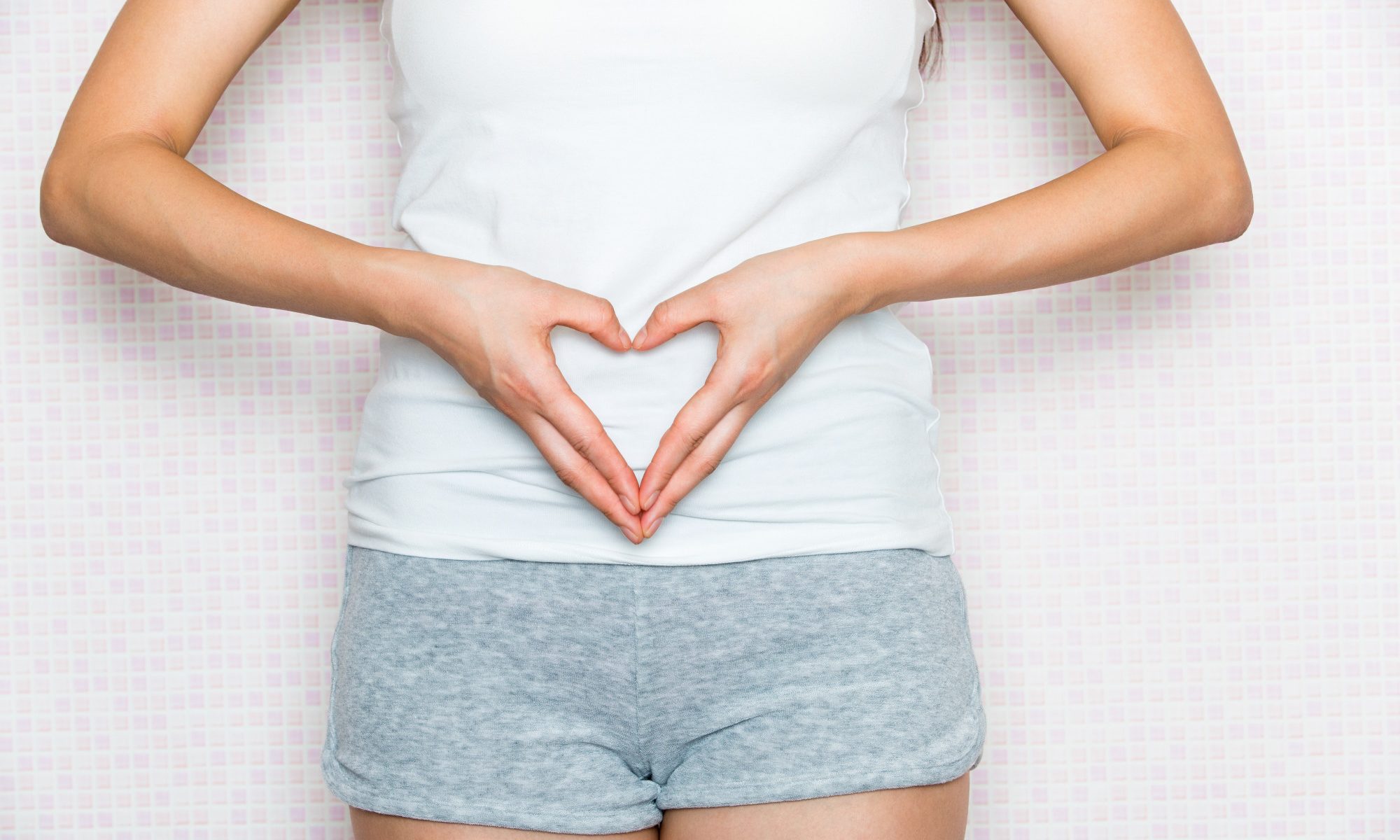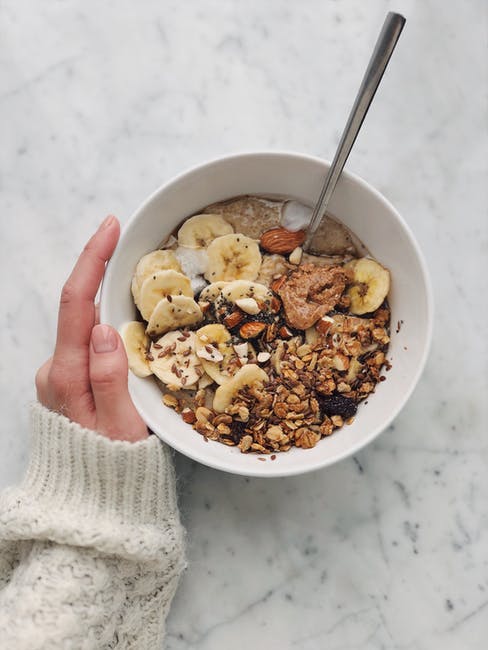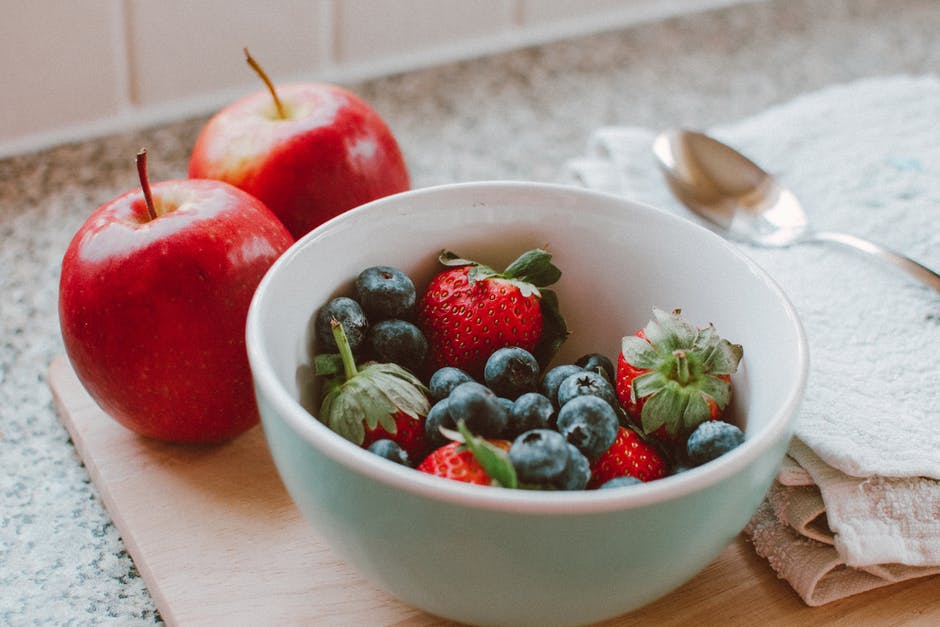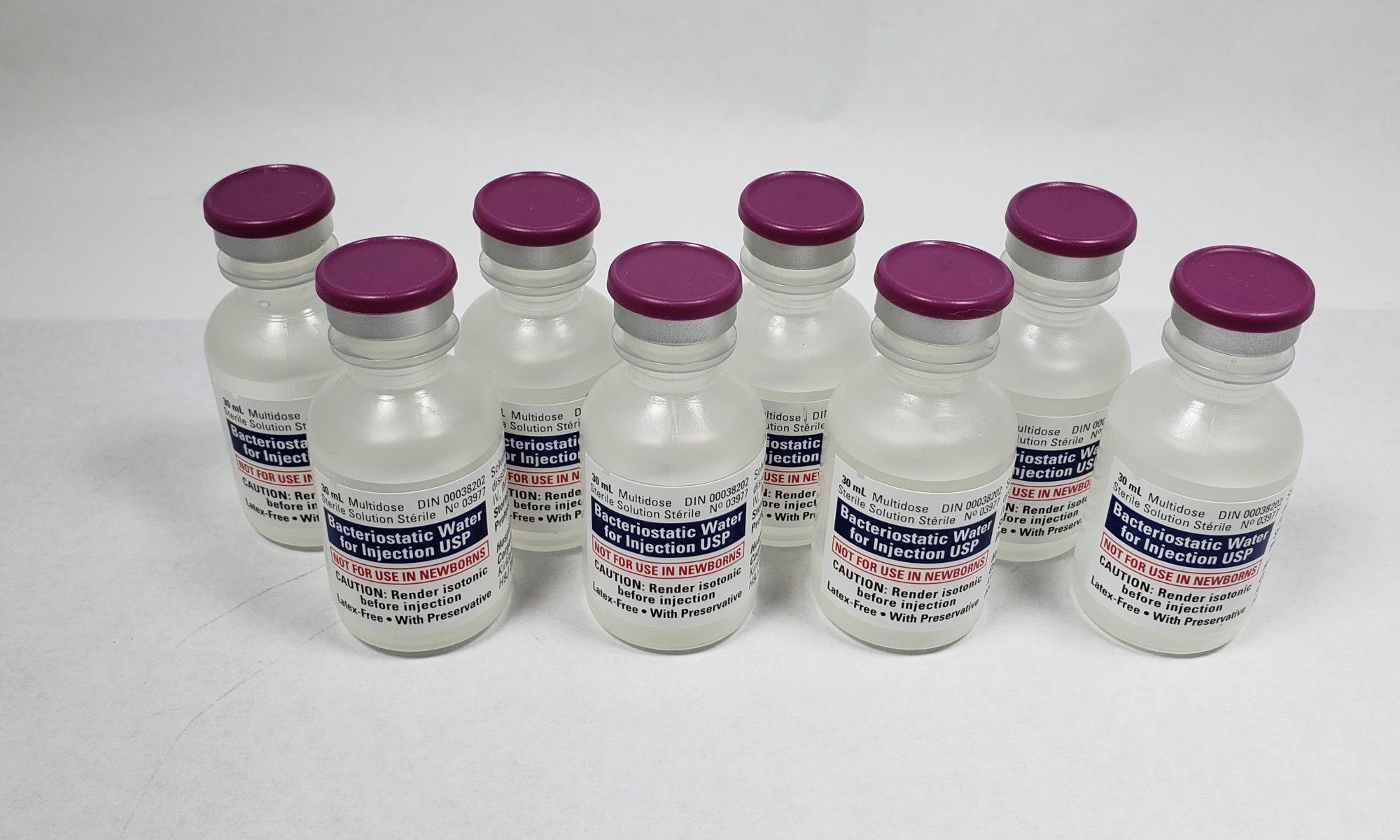You have stuck at it! — The first two phases of the HCG Diet. Let’s recap quickly. Phase One where you front loaded as many calories as you wanted, was probably the best two or three days of the diet so far. Tainted only by your concerns regarding Phase Two; the caloric restrictions, and maybe the odd worry about how you would fare during this time.
But you got through it. By now, after several weeks on Phase Two you should notice more energy, and less craving for sugary foods and starches. Additionally, the headaches you might have experienced at the beginning of Phase Two, as your body adjusted to the caloric restrictions, may have gone now. Overall, you may be feeling more energized than you have felt in a long while.
So, you are about to enter Phase Three of your HCG Diet. This is where we begin re-introducing certain foods back into our food choices. Because we have cut out so many of the foods during the HCG Protocol, this is a great time to pay close attention to the way your body feels, i.e bloated, or less energy as you reintroduce small portions of the food back into your diet. After eating certain foods, any departure from an overall sense of wellbeing could indicate a food sensitivity, and one that may best be avoided as you move beyond the HCG Diet Protocol.
As always, whenever there are medical questions concerning your health or response to food, seek medical advice.
An Important Phase
Phase Three can be a volatile period simply because your body is now beginning to readjust to something closer to normal eating patterns. Think of this phase of as the start of eating for life. It is very important therefore to continue a disciplined approach to food choices. From this day forward you are committing to healthy food portions, and choices that reflect your health and wellness goals.
Think about it for a moment. Your body has just experienced profound weight loss over a very short period of time. You may have lost anywhere between 20 to 50 pounds! Now here’s the important thing to remember. With most extreme weight loss diets as soon as the dieter resumes normal eating habits, the weight piles back on, with likely even more on top.
Because during your diet, you incorporated HCG, or Human Chorionic Gonadotropin, hormone into your diet plan, muscle loss will be negative compared with most diets following similar caloric restrictions. Muscle helps burn calories, helping to support a higher metabolism. In short, so long as you continue to observe the recommended food choices while on the Protocol, your weight should remain stable to within a pound or two.
Why a Third Phase?
As mentioned above, assuming you remained true to the Dr. Simeons’ protocol, you have lost a significant amount of weight. Phase Three is intended to accomplish three things:
- To help stabilize your weight after losing a large amount.
- Give your digestion a chance to adjust itself back to more normal eating habits.
- To help you pin down possible food sensitivities, any of which may have contributed to the weight gain, bloating, and lethargy that took you down the HCG path to begin with!
Size Does Matter
On-line searches fail to present a particularly united front on the amount of food or caloric intake on Phase Three, leading many to fear a return of the weight they worked so hard to lose. What is clear, is Dr Simeons, the founder of the HCG Diet Protocol, realized there were dieters who, having consumed only 500 calories per day for three weeks, were afraid to leave Phase Two for fear of weight gain.
What is clear is that portion size generally, has increased since Dr. Simeons’ day , so we may need to take a look at just how much food we are putting onto our plates. This is a good guide going forward anyway, since, particularly in America, there is a tendency toward filling our plates to the edge, leading to the inevitable consumption of more than we really need.
Aside from the obvious commitment to the removal of sugars or starches from our diet, consider putting less food onto the plate. To get used to this, place your food onto a smaller plate. A plate reserved normally for salads, for example would do fine. Purely from a psychological perspective, if your plate is full, your brain will think you have the same amount of food as a large plate!
This approach might also be a helpful tool in resetting your digestion. Generally speaking, following on from caloric restriction, the body is not particularly well equipped to consume large amounts of food straight away. By adding food back into your body in smaller portions, your digestive organs will be better able to cope.
Ask yourself. Would you immediately go from a 10 day juice cleanse straight to the fried chicken counter? The correct answer of course is, oh, no I wouldn’t. Of course not! Even if you did, I bet you might feel quite sick afterwards.
Counting Calories
The reality is, in one way or another, either literally, or through an educated guess regarding portion size; calorie counting is going to be part of your healthy eating and weight maintenance program going forward. During Phase Three there is the opportunity to create food choice and preparation habits that will last far beyond the HCG Diet Protocol.
Caloric additions over the Phase Three period last approximately three weeks. The guide below could be a useful tool when attempting to work out the appropriate number of calories to consume during each week of the phase.
- Week 1: 900-1000 Calories per day
- Week 2: 1100-1200 Calories per day
- Week 3: 1300-1450 Calories per day.
These numbers serve for guide purposes only. A person experiencing above normal physical activity or stress as part of their job or family situation may find they need to adjust accordingly.
As always, if you have concerns or questions, speak to your family doctor.
Food Choices
Other than the obvious sensible eating, it is not the intent of this post to venture into the specific: Do’s and Don’t’s of eating this or that. The simple fact of the matter is, there are as many food choices and suggestions out there, as there are food sensitivities or preferences and opinions standing behind them!
I could encourage healthy fats through the consumption of peanuts, only to be told you are allergic to peanuts. The same with the excellent protein to be found in shrimp. Only to learn you’re deathly allergic to shrimp. Steak then? You’re vegetarian. See? I’m scratching my head!
Rather, independent research should be encouraged, and I suggest as much here. Check your HCG Diet Protocol provider for recipe ideas and downloads. The bottom line is, eat the food that is as close to nature as possible within the caloric range, and that you are able to physically tolerate. As mentioned earlier; you may find during Phase Three that you are not able to tolerate some of the foods you ate before. Or you may find that a particular food was the food, guilty of making you bloat.
The obvious caution where fats are concerned is to eat healthy fats. Fat found in a brazil nut is a far cry from the fats found in a bag of potato chips or oven fries. Sugars? Keep those to a minimum too. Your calories need to be healthy calories. The carbs and sugar in a bagel are better than those in a chocolate donut. But a banana beats both of those.
Be mindful of where your calories are coming from and adjust.
Your body is going to respond differently than the next body. Some combinations of carbs and fats may wreak havoc on one, and not another. Leading me back home to my original point.
Keep at it. Like every goal worth pursuing, it takes time, patience and the development of knowledge along the way. But you have made it this far. Congratulations. Be proud and celebrate the new version of you.










